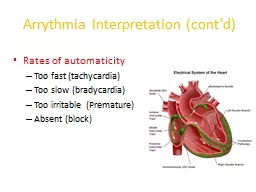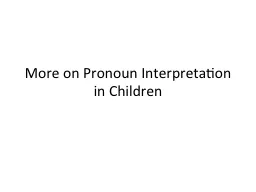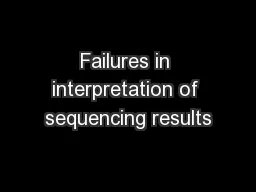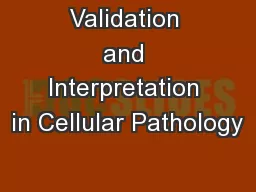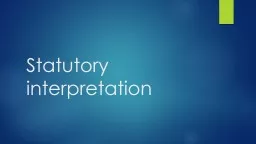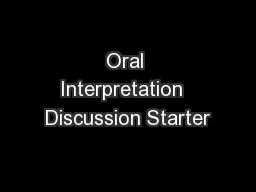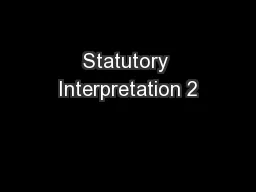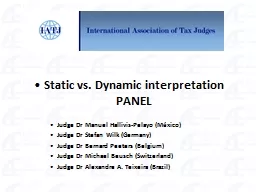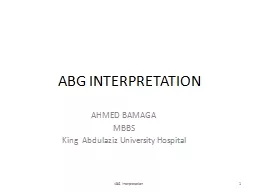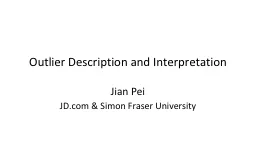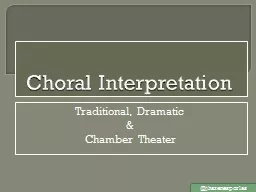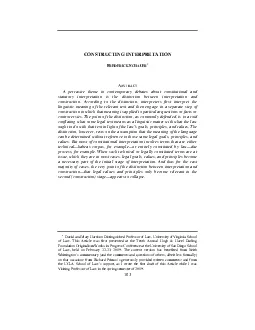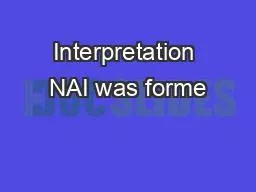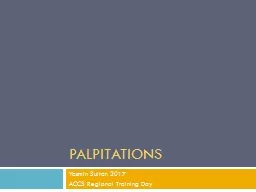PPT-Arrythmia Interpretation (cont’d)
Author : giovanna-bartolotta | Published Date : 2020-04-04
Rates of automaticity Too fast tachycardia Too slow bradycardia Too irritable Premature Absent block Interpreting Arrhythmias 1 Calculate the heart rate 2 Assess
Presentation Embed Code
Download Presentation
Download Presentation The PPT/PDF document " Arrythmia Interpretation (cont’d)" is the property of its rightful owner. Permission is granted to download and print the materials on this website for personal, non-commercial use only, and to display it on your personal computer provided you do not modify the materials and that you retain all copyright notices contained in the materials. By downloading content from our website, you accept the terms of this agreement.
Arrythmia Interpretation (cont’d): Transcript
Download Rules Of Document
" Arrythmia Interpretation (cont’d)"The content belongs to its owner. You may download and print it for personal use, without modification, and keep all copyright notices. By downloading, you agree to these terms.
Related Documents

